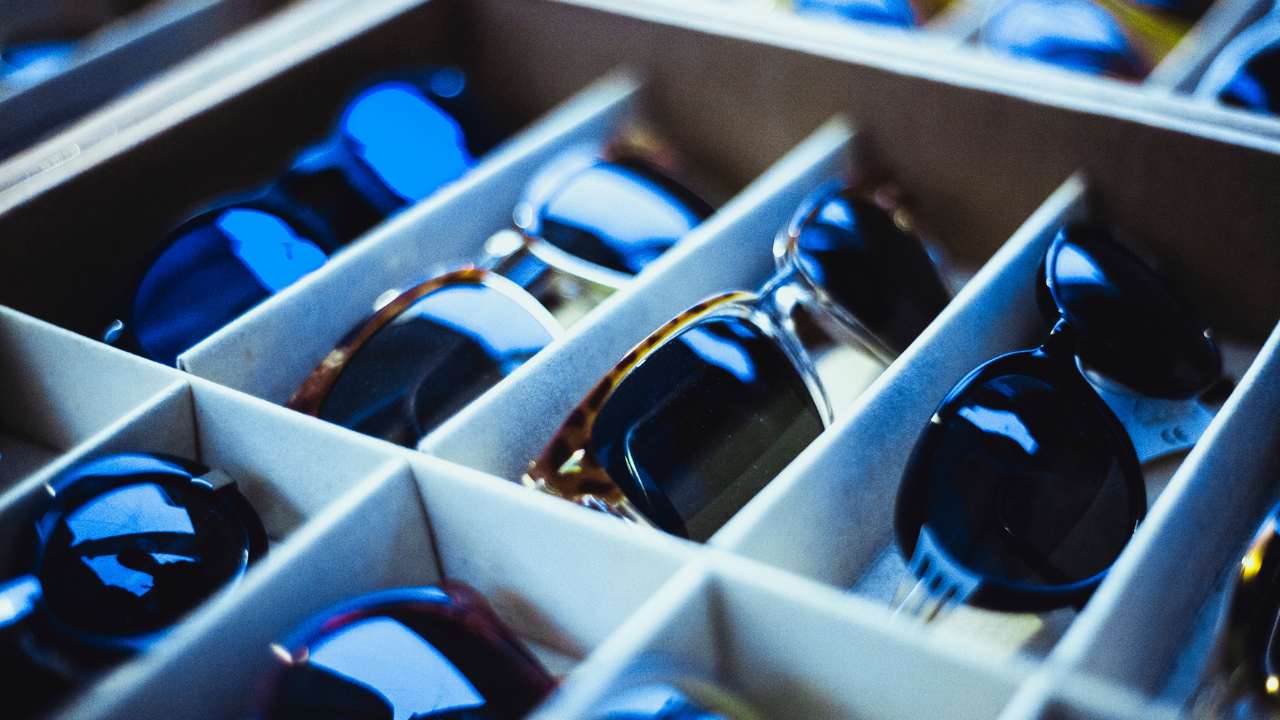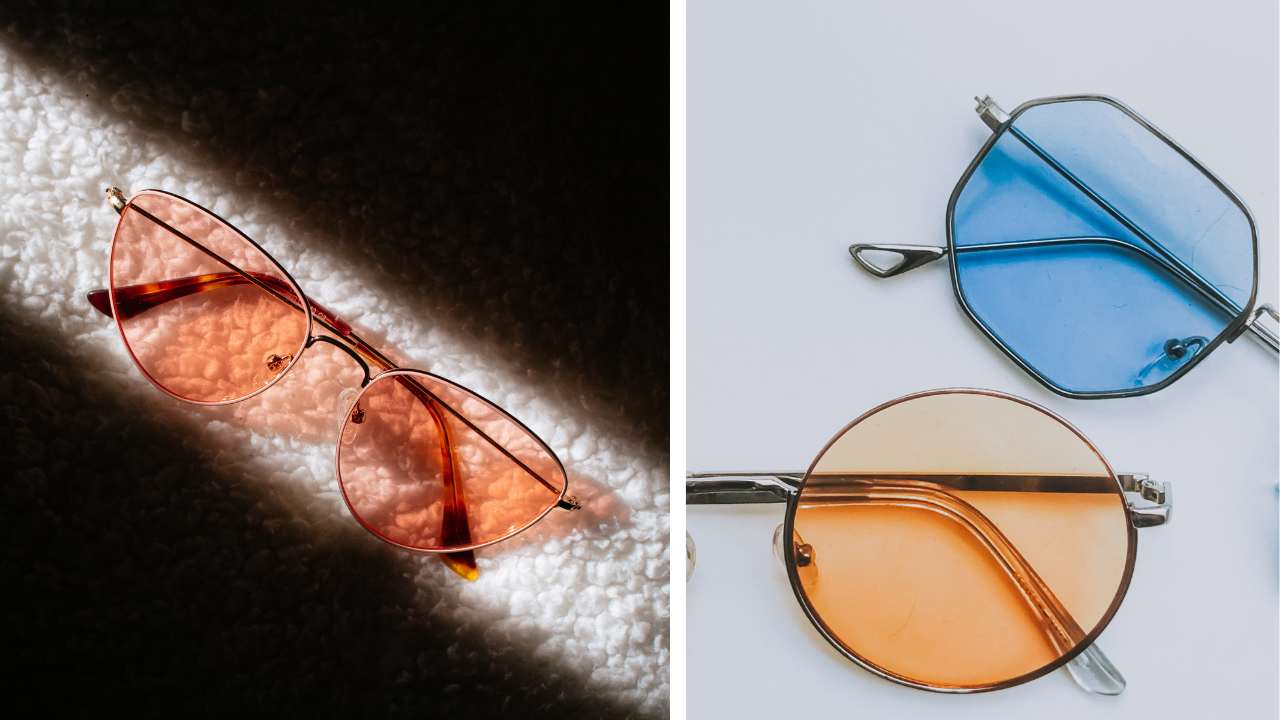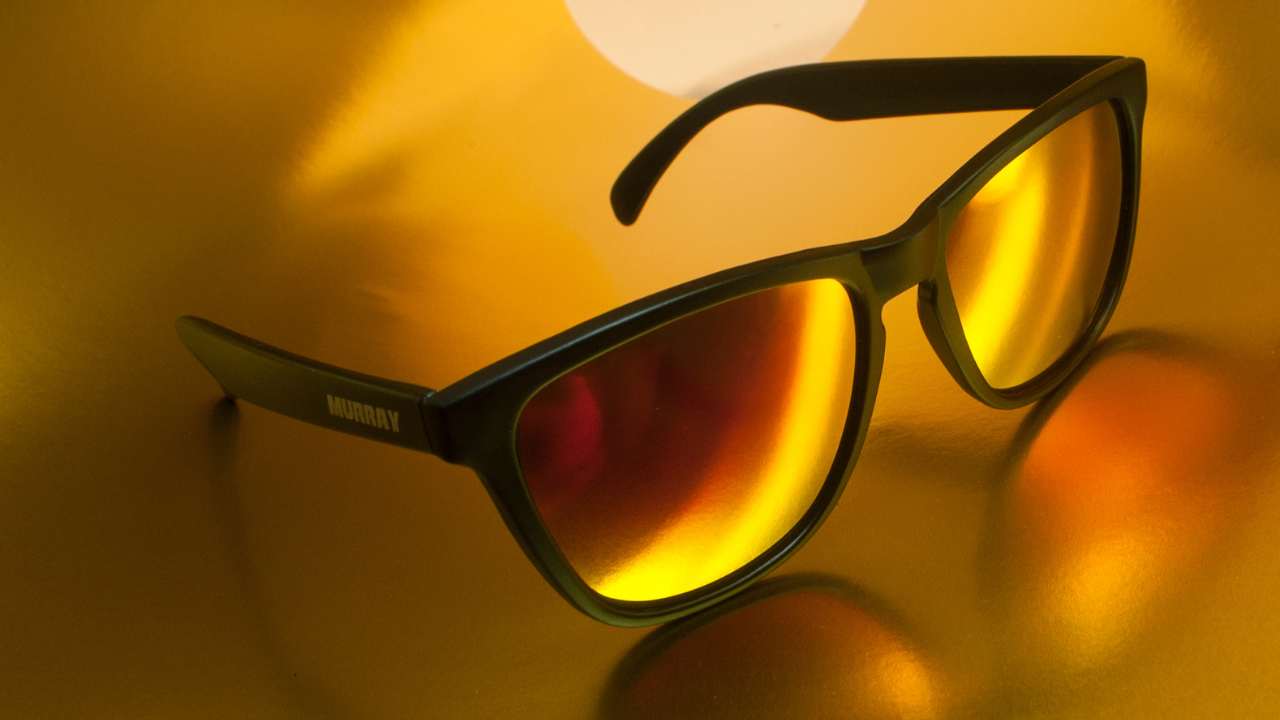What type of sunglass lens is best? A Complete Guide To Shades
With the variety of lenses available, it can be hard to find what works best. Here are the factors to keep in mind when choosing your next pair!

Sunglasses are more than just a fashion statement. They are a crucial accessory that helps protect our eyes from harmful UV rays.
But with so many options available, it can be overwhelming to choose the right pair.
One of the most important factors to consider is the type of lens used in the sunglasses.
In this post, we will explore the various types of sunglass lenses and their features.
By the end of this article, you will be able to confidently choose the best type of sunglass lens for your needs.
Different Types of Sunglass Lenses and Their Features
The most common types of sunglass lenses are glass, acrylic, and polycarbonate. Glass lenses have been around for a long time, but they are heavier and can shatter, making them a less popular option.
Polycarbonate lenses are the most popular option as they are lightweight, shatter-resistant, and scratch-resistant. They are also ideal for sports and outdoor activities.
Acrylic lenses are ok for most activities but they tend to discolor and break a little easier than other materials.
Polycarbonate Lenses - These are impact-resistant lenses that offer good optical clarity. They are lightweight and ideal for outdoor activities.
Glass Lenses - Glass lenses provide excellent optical clarity and scratch-resistance. However, they can be heavier compared to other lens types.
Acrylic Lenses - Acrylic lenses are lightweight and shatter-resistant. They are budget-friendly but may not have the same level of optical clarity as other lenses.

The Science behind Lens Tint and Color
The tint and color of the sunglass lens are also important factors. Darker tints are ideal for especially bright outdoor conditions, while lighter tints work well for overcast or low light conditions.
The color of the lens can also affect how well you can see.
Neutral colors like grey, brown, and green are ideal for most outdoor conditions as they don't alter color perception.
However, some colors like pink or yellow may enhance your vision in certain situations.
Lens tint and color contribute to the overall aesthetic of sunglasses. However, they also serve a functional purpose. Some of the common lens tints and their purposes are:
Grey Lenses - Grey lenses provide accurate color perception and reduce light intensity without altering color.
Brown Lenses - They enhance contrast and depth perception, making them good for outdoor activities like fishing and water sports.
Yellow Lenses - Yellow lenses heighten contrast in low-light conditions, making them ideal for driving at night.
Green Lenses - Green lenses are good for both sunnier days and overcast days so its more versatile.
Pink Lenses - You would only wear these if you like the style, they don't add much benefit.

Polarized vs. Non-Polarized Sunglass Lenses
Polarized lenses are popular for reducing glare from surfaces like water, snow, or metal. They improve visual clarity and reduce eye strain, but they can also affect your depth perception.
Polarized sunglasses help with bright light and protects from the sun's UV rays.
Non-polarized lenses, on the other hand, don't reduce glare, but they are a good option for those who need to see color accurately.
Some people find that they have headaches or dizziness when wearing polarized lenses, so it's important to try on both types before making a final decision.
Mirrored Lenses or Gradient Lenses
Mirror coated lenses are coated with a reflective layer that reflects light away from the eyes. These lenses are ideal for extremely bright environments.
Gradient lenses, on the other hand, have a darker tint at the top and a lighter tint at the bottom, providing better visibility while also reducing light intensity.
Gradient lenses are perfect for activities that require you to look up often, such as skiing or golfing. Both of these lens types offer superior protection from the sun while also providing a stylish look.
Whichever style you choose, make sure to wear sunglasses when outdoors to help protect your eyes from the sun's harmful UV rays.

Photochromic Lenses
Photochromic lenses are lenses that darken in response to ultraviolet light. These lenses are a great option if you spend a lot of time outdoors or if you are regularly transitioning from indoor to outdoor environments.
While they may be pricier than other types of lenses, the convenience they provide cannot be overstated.
Photochromatic lenses are great for outdoor activities such as mountain biking. This is because the darkness of the lenses adjust to the change in sunlight from dark areas in the trees to open fields.
They are also great for driving in bright conditions, as they will automatically adjust to the change in light.
The lenses also provide protection from harmful UV rays, making them a great choice for those who want fashionable yet functional eyewear.
Blue Light Lenses
Blue light lenses block blue light that comes from digital devices, like laptops and smartphones. Blue light has been linked to eye fatigue, dry eyes, and headaches.
By blocking out the blue light, these lenses can help reduce those symptoms while providing a more comfortable viewing experience.
Wearing blue light lenses when looking at screens for extended periods of time is especially important for children and young adults.
Double Gradient Lenses
Double gradient sunglass lenses are sunglasses with a special type of lens that is characterized by its unique gradient coloring.
These types of lenses feature a darker tint on the top and bottom portions of the lenses, while featuring a lighter hue in the middle section.
This specific shade distribution helps to reduce glare from bright lights, helping wearers to see more clearly than traditional tinted lenses.
Double gradient sunglasses also provide added protection against UV rays since they block out light from all angles.
As an added bonus, double gradient sunglass lenses can help boost contrast, allowing users to make out more subtle colors even in direct sunlight!
Prescription Lenses for Sunglasses
If you wear glasses, prescription sunglasses are a great option. They are customized to your specific eyesight requirements and are available in a variety of lens types.
Always be sure to check with an optometrist on what the right type of lenses are for your prescription eyewear. This way, you can ensure that the lenses provide maximum protection and visual comfort for your eyes.
No matter what type of lens you choose, always make sure to take care of your sunglasses by cleaning them regularly and storing them in their case when not in use.

Making an Informed Choice
When choosing the right type of sunglass lens, several factors need to be considered. These include the level of UV protection offered, your lifestyle and activities, your skin tone, and your budget.
The Ultimate Buyer's Guide for Sunglasses
When it comes to buying sunglasses, there are a few important things to consider to ensure you get the best pair for your needs. Here are some tips to help you make an informed decision:
Consider the Purpose
Before purchasing a pair of sunglasses, think about why you need them.
Are you going to be wearing them for outdoor activities like sports and hiking, or just for driving and walking around town?
Depending on your activities, you may need different types of lenses and frames.
Choose the Right Lenses
The most critical aspect of sunglasses is the lenses. Here are some things to consider when choosing the appropriate lenses:
- UV Protection: Look for lenses that offer 100% protection against both UVA and UVB rays. These rays can cause significant damage to your eyes over time.
- Polarization: If you spend a lot of time near or on the water, polarized lenses can reduce glare and improve visibility.
- Tint: Different lens tints are suitable for different conditions. Gray, green and brown are excellent choices for general use while yellow, and amber lenses increase contrast on cloudy days.
Select the Right Frame
Sunglasses are available in different frame materials, shapes, and sizes. Here are some things to consider when choosing the right frame for you:
- Fit: The sunglasses should fit snugly on your face but should not be too tight. The arms of the frame should sit comfortably and securely behind your ears.
- Material: Frames are typically made of metal or plastic. Metal is more durable and gives you a more polished look, while plastic is lighter and more comfortable to wear.
- Shape: Different face shapes and sizes are best suited by different sunglasses shapes. Round faces should look for square glasses, square faces should choose rounded frames while oval-shaped faces can wear most styles.
Price
Sunglasses can range in price from a few dollars to several hundred dollars. The price depends on the quality of the lens, frame, and brand.
Generally, the more expensive sunglasses tend to have better lens quality and are made from higher quality materials. However, there are still many great options available at more reasonable prices.
Maintenance
To keep your sunglasses in good shape, you should clean them regularly.
Microfiber cloths, lens cleaning sprays and water distilled with vinegar can help you maintain their shine.
By following these tips, you're sure to find the perfect pair of sunglasses for your needs. So go ahead and hit the streets in style, all while protecting your eyes!
Final Thoughts
Protecting our eyes from the harmful effects of UV rays should be a top priority. With the options available in the market, choosing the right pair of sunglasses may seem overwhelming. However, by understanding the types of lenses available and how they differ, you can make an informed choice that suits your needs. Whether you're a beachgoer, an outdoor enthusiast, or simply seeking a new accessory, there's a perfect pair of sunglasses out there for everyone.

